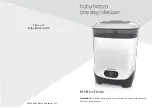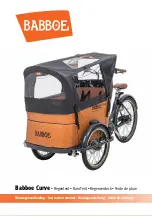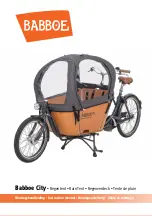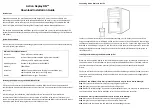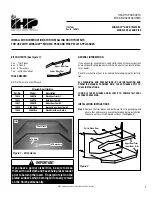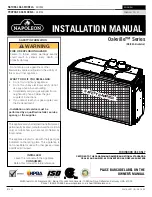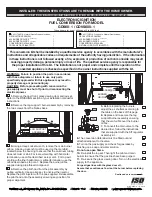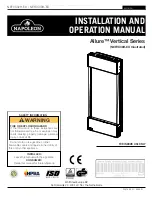
Se i
M
i e Presser F
Se User Guide
pen oe mbroidery oot
The open toe and open-toe embroidery feet are versatile presser feet
designed specifically for stitch patterns that need lots of room. The regular
open toe foot is made of metal; the open-toe embroidery foot is made of
clear plastic. Each of the presser feet in this set has a wide-open space
between their two slim outer toes and a wide groove on the bottom. The
wide space between the outer toes of each foot is designed to
accommodate extra-wide zigzag stitches, decorative stitches, and any
other stitch pattern that requires additional space for the needle to move.
The groove on the underside of each foot allows the bulk of dense stitch
patterns to pass underneath.
I EO EMO
ow to sew using an pen oe mbroidery oot
arge pening Presser oot
The regular open toe foot allows you to expand the uses of these feet
beyond embroidery. The open-toe foot is ideal for outlining applique.
Its increased visibility lets you see the needle’s location at all times, so
you can exercise more control around tight curves and turn precise
corners. Use a satin stitch or a short, narrow zigzag for applique. Using
a longer zigzag stitch can produce a more rustic look. Experiment with
your decorative stitches using the open toe foot to produce different
effects when working with applique. The open toe foot can also be used
for edge stitching, flat joins, or anywhere else that higher visibility is
helpful.
Cording oot
The 3-hole couching foot is a presser foot designed to couch decorative trim
onto fabric. This presser foot is related to the 5- and 7-hole cording feet.
Although it looks different, it serves a similar function. The front cross-piece of
this presser foot has 3 covered grooves designed to hold up to three lengths of
yarn, cord, thread, or other trim. Compared to the 5- and 7-hole cording feet,
the holes in the 3-hole couching foot are larger in diameter and allow you to use
thicker trims. In fact, this presser foot is often referred to as a “yarn couching
foot” because the holes are large enough to accommodate some types of yarn.
The 3 grooves on the bottom of this presser foot are matched to the 3 holes in
the front cross-piece to allow the foot to pass over couched trim. This presser
foot also has a different overall shape than either the 5- or 7-hole cording feet.
The 3-hole couching foot is open on one side and has a single, pronounced toe
on the other. This minimalist design contributes to greater visibility and enhances
maneuverability.
I EO EMO























